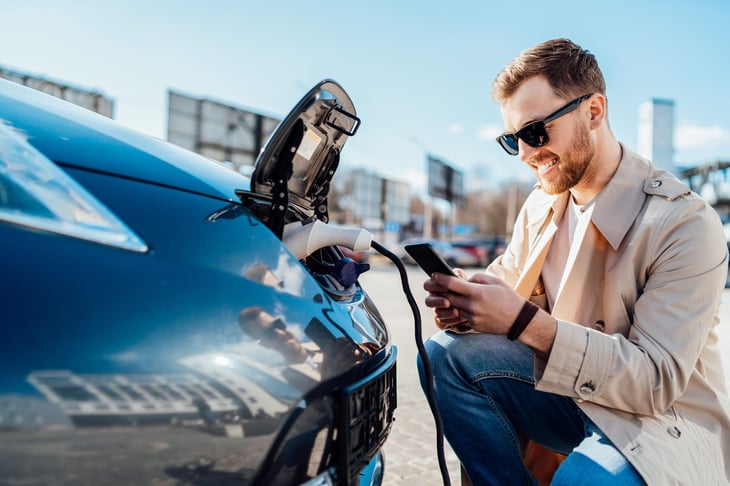
Editor’s Note: This story originally appeared on CoPilot.
In just a matter of years, electric vehicles have emerged as the clear future of the automotive industry.
In 2008, the nascent car manufacturer Tesla released its first Roadster models, targeting sales of 100 units per month. Over the ensuing years, Tesla grew into one of the largest companies in the world by market capitalization and today leads the global market for EVs, selling nearly 1 million units per year.
While Tesla remains the top choice for buyers in the EV market, the company’s success has also paved the way for other electric vehicle startups like Rivian.
More established automakers have also ventured into the EV market in recent years. The launch of the Nissan Leaf in 2010 was an initial foray for established manufacturers into electric vehicles, and other large automakers have added EVs and hybrids to their lineups over time.
Some are going even further: General Motors, Toyota, and Volkswagen are among the large manufacturers who have announced plans to go all-electric and eventually stop selling gas-powered vehicles altogether.
A combination of factors explain EVs’ growing success. The technology behind electric vehicles has improved, as batteries now provide longer range on a charge. Consumer interest has increased, with buyers viewing EVs as a way to reduce their environmental impact and potentially save on fuel costs.
In the European Union and U.S. states like New York and California, policymakers have moved to limit the sale of combustion vehicles and incentivize EV purchases for consumers as a part of larger efforts to reduce carbon emissions.
Despite these trends, barriers remain to an all-EV future in the U.S. Chief among them is the development of a nationwide charging infrastructure for electric vehicles.
The data used in this study is from the U.S. Department of Energy. To determine the states with the most alternative fueling stations, researchers at CoPilot calculated the number of electric vehicle charging ports per capita.
Here are the states with the most alternative fuel stations.
15. Virginia

- EV chargers per 100,000 residents: 38.4
- Total EV chargers: 3,301
- Level 1 chargers: 247
- Level 2 chargers: 2,296
- DC fast chargers: 758
14. New York
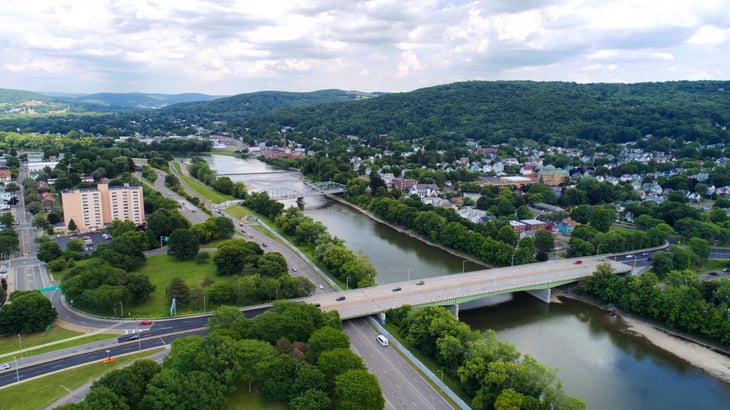
- EV chargers per 100,000 residents: 39.4
- Total EV chargers: 7,621
- Level 1 chargers: 42
- Level 2 chargers: 6,733
- DC fast chargers: 846
13. Connecticut

- EV chargers per 100,000 residents: 40.2
- Total EV chargers: 1,430
- Level 1 chargers: 76
- Level 2 chargers: 1,040
- DC fast chargers: 312
12. Nevada
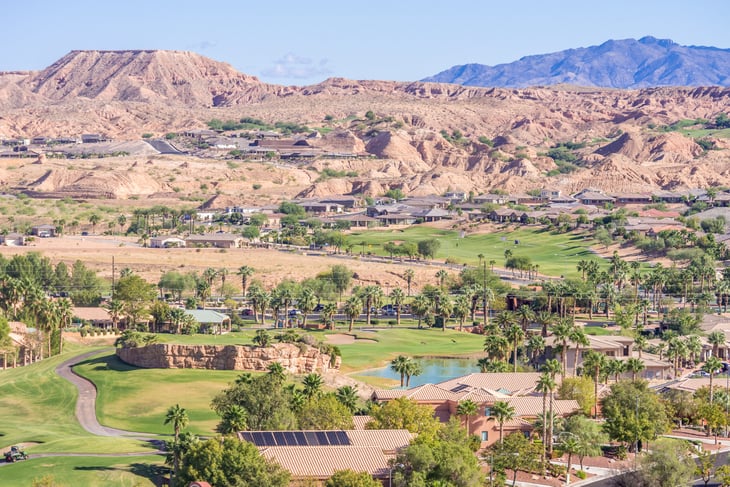
- EV chargers per 100,000 residents: 43.1
- Total EV chargers: 1,353
- Level 1 chargers: 16
- Level 2 chargers: 993
- DC fast chargers: 344
11. Maine
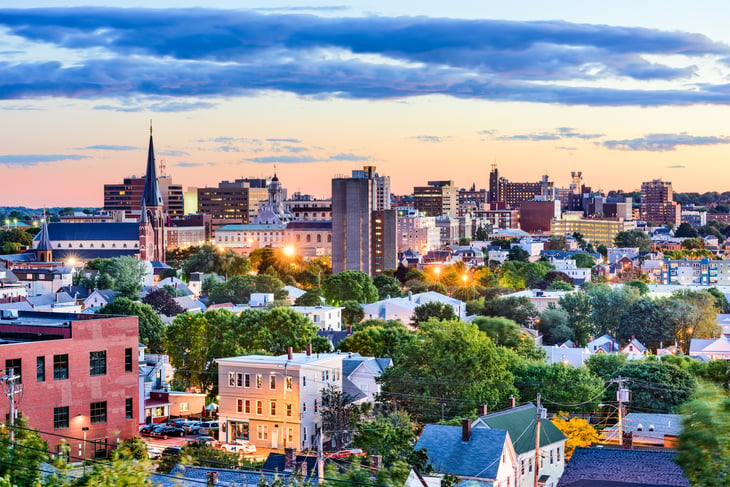
- EV chargers per 100,000 residents: 46.6
- Total EV chargers: 629
- Level 1 chargers: 24
- Level 2 chargers: 470
- DC fast chargers: 135
10. Washington
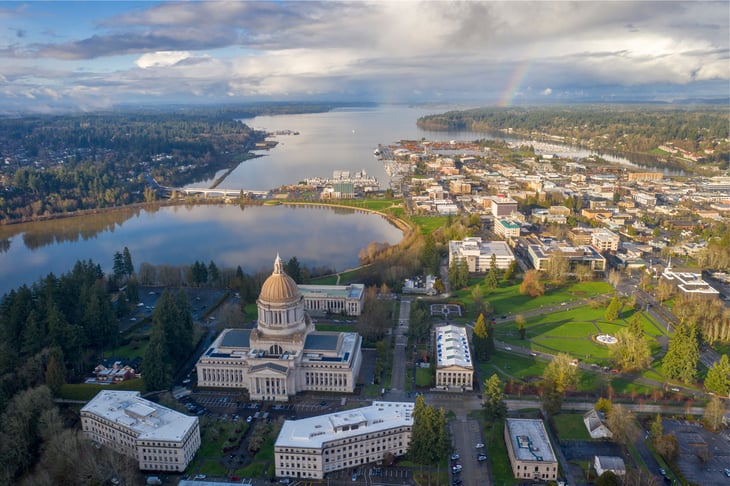
- EV chargers per 100,000 residents: 56.3
- Total EV chargers: 4,328
- Level 1 chargers: 218
- Level 2 chargers: 3,394
- DC fast chargers: 716
9. Maryland
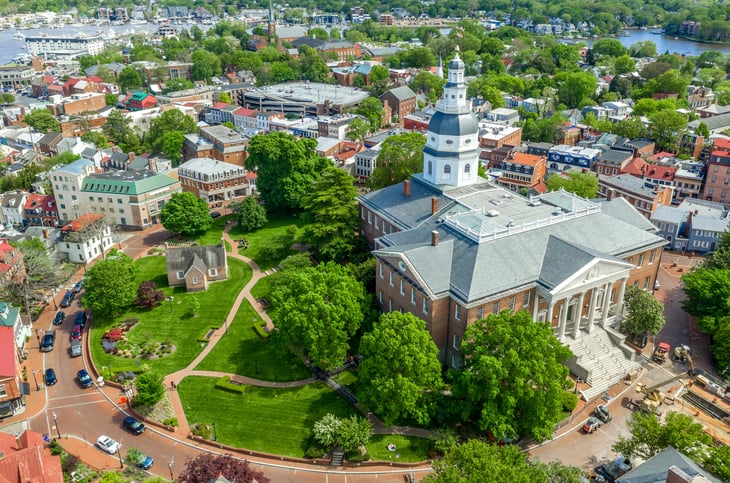
- EV chargers per 100,000 residents: 56.4
- Total EV chargers: 3,416
- Level 1 chargers: 47
- Level 2 chargers: 2,785
- DC fast chargers: 584
8. Oregon

- EV chargers per 100,000 residents: 57.5
- Total EV chargers: 2,439
- Level 1 chargers: 88
- Level 2 chargers: 1,917
- DC fast chargers: 434
7. Hawaii

- EV chargers per 100,000 residents: 59.2
- Total EV chargers: 833
- Level 1 chargers: 30
- Level 2 chargers: 724
- DC fast chargers: 79
6. Rhode Island
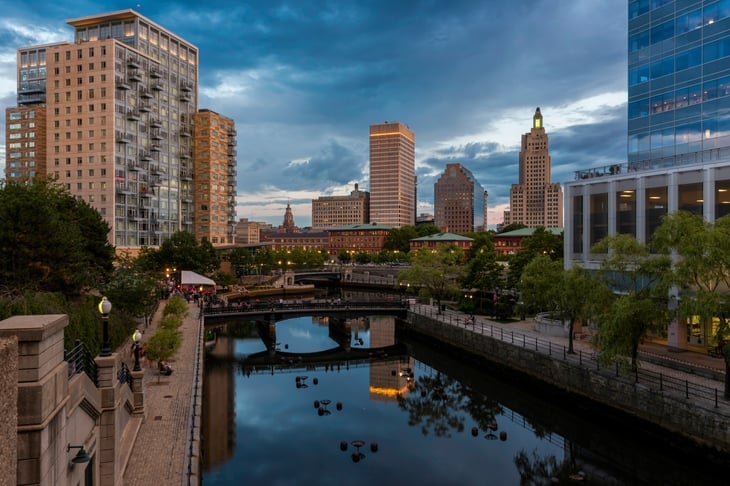
- EV chargers per 100,000 residents: 59.4
- Total EV chargers: 628
- Level 1 chargers: 82
- Level 2 chargers: 509
- DC fast chargers: 37
5. Utah

- EV chargers per 100,000 residents: 60.9
- Total EV chargers: 1,978
- Level 1 chargers: 17
- Level 2 chargers: 1,722
- DC fast chargers: 239
4. Colorado

- EV chargers per 100,000 residents: 68.5
- Total EV chargers: 3,978
- Level 1 chargers: 89
- Level 2 chargers: 3,307
- DC fast chargers: 582
3. Massachusetts

- EV chargers per 100,000 residents: 70.7
- Total EV chargers: 4,871
- Level 1 chargers: 74
- Level 2 chargers: 4,369
- DC fast chargers: 428
2. California
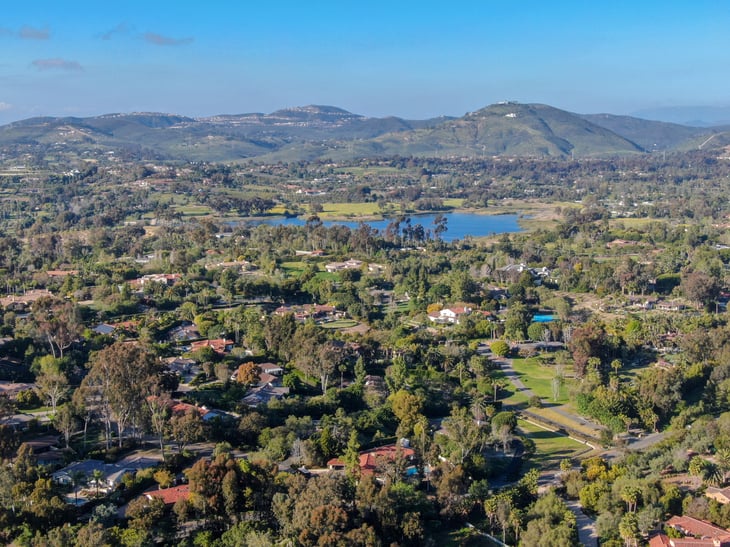
- EV chargers per 100,000 residents: 104.7
- Total EV chargers: 41,225
- Level 1 chargers: 676
- Level 2 chargers: 33,690
- DC fast chargers: 6,817
1. Vermont
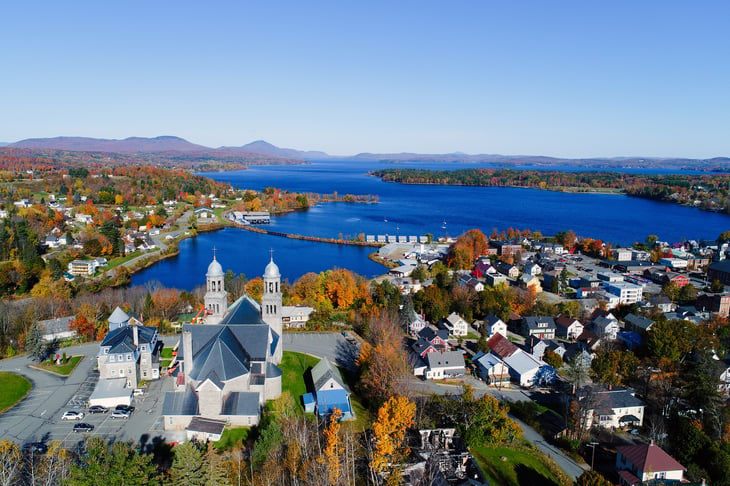
- EV chargers per 100,000 residents: 139.7
- Total EV chargers: 871
- Level 1 chargers: 71
- Level 2 chargers: 725
- DC fast chargers: 75
Methodology
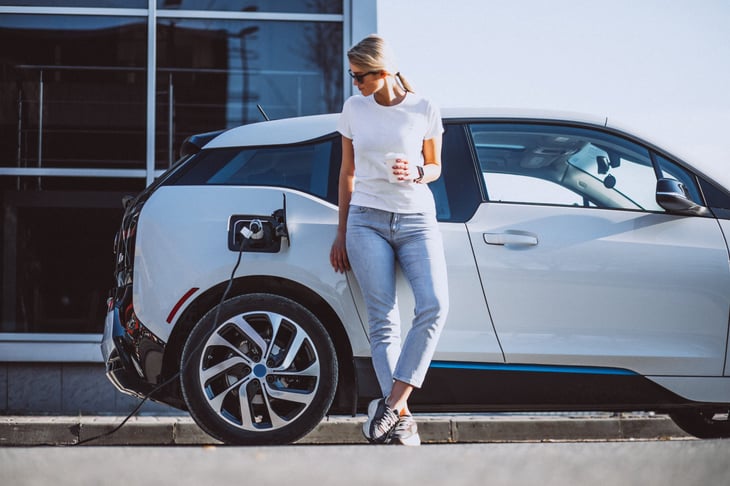
The data used in this study is from the U.S. Department of Energy’s Alternative Fuels Data Center. To determine the states with the most alternative fueling stations, researchers at CoPilot calculated the number of electric vehicle charging ports per 100,000 residents. In the event of a tie, the state with the greater total number of electric vehicle charging ports was ranked higher. The data includes charging ports at both public and private stations.
